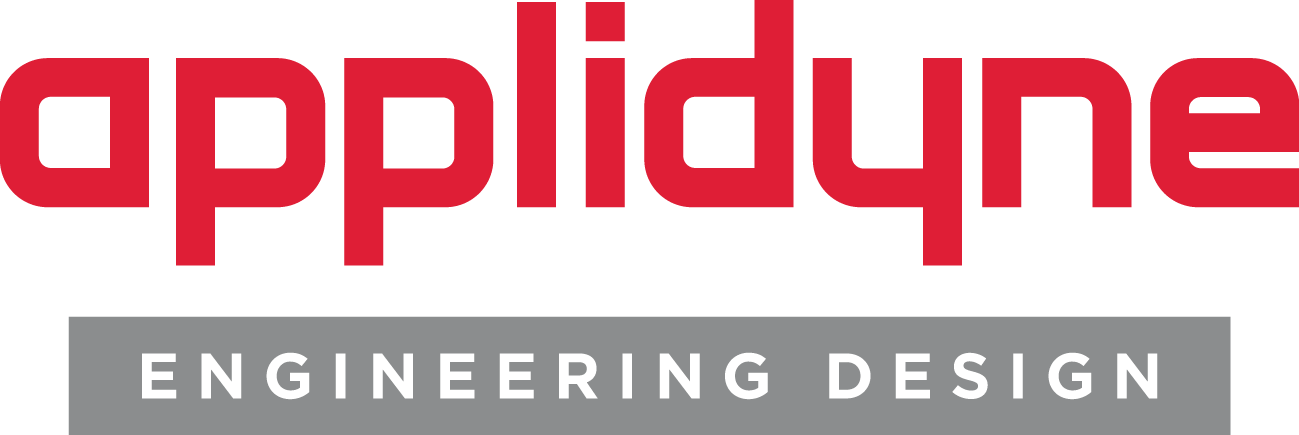Our Technical Director, Paul van de Loo, once again spent the weekend judging the National Finals of the Warman Design and Build Competition for engineering students. This year was the 30th anniversary of the competition, which has been generously sponsored by Weir Minerals since inception.
Eighteen teams competed, fourteen from Australia, two from New Zealand and one each from China and Malaysia. The task this year was to separate balls representing uranium ore represented by golf balls, from the waste represented by squash balls and hand balls. The uranium and the waste then had to be transported to, and deposited in, separate bins. Points were awarded for accuracy of sorting, deposition and for speed. This year there was no score for weight, though devices had to weigh less than 6kg.
The competition was won by the University of Canterbury, followed by RMIT and the University of Adelaide. The Canterbury device was beautifully constructed, and demonstrated the adage about reliability being key; as one of the judges remarked “there is no point in quickly failing to perform the task”.
As usual, the quality of design in the devices was inspirational. Paul got a close look at each device during design judging. The design award was awarded to Auckland University who had a very simple and elegant device that used a single roller to sort the balls, exploiting the compliance of the waste ore balls. The same drive motor that powered this roller, after a delay, also extended two arms that deposited the uranium and waste simultaneously into the bins. This all happened simultaneously with the device navigating the track to the bins using an electric drive system with encoder feedback.
Overall, it was another year where NZ punched well above its weight. This has been a recurring theme in the competition and reflects the poor state of design teaching at Australian Universities, something Paul has discussed previously at https://www.applidyne.com.au/Applidyne/index.php?select=204

Recent Comments